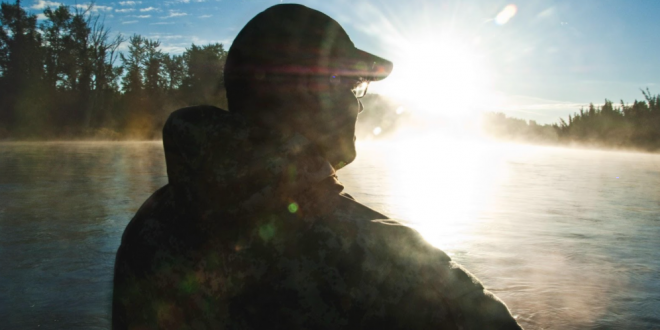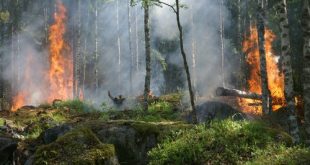By Christopher Noll
The deadliest tsunami! The deadliest reptile! The deadliest plant! Shark Week! As addicted consumers of media, whether scrolling through the endless entertainment of Youtube or Instagram, we humans seem to consistently drawn to watching and understanding Mother Nature’s wrath– whether that be in the form of poisonous organisms, devastating natural disasters, or widespread epidemics at home and abroad. Although this craze may allow us to be more informed about hazardous creatures a world and a half away from us, it hands us with a lopsided view of nature as a whole, leaving out scientifically-proven good it can create.
Take, for instance, the history of the Shinkansen bullet train from Japan, one of the fastest trains in the world that some claim can reach speeds up to 320 kilometers per hour or about 200 miles per hour (japan-guide.com). In the late 20th century, the engineers designing the the train had little issue with building an incredibly fast train; however, they struggled with keeping the train quiet and from causing sonic booms after flying through tunnels at full speed. Eiji Nakatsu, who had attended a lecture on birds in the 1990s, realized he could fix this issue to utilizing different elements from birds, in this case utilizing the structure of owls’ wings and the beak of a kingfisher to dampen the noise and stop the sonic booms from happening altogether (Tom McKeag). Through biomimicry, copying nature to solve issues, Nakatsu had solved this engineering obstacle, allowed Japan to have both fast and convenient travel, and cut down on environmentally-harmful noise pollution which can disturb ecosystems and animal behavior (Dr. Kirsten Parris & Associate Professor Robert McCauley).
Additionally, the simple act of watching nature can have significant impacts, helping people overcome health issues and use less resources while recovering in the hospital while helping the environment. A recent Clemson University study has found that patients recovering in the hospital rooms with realistic murals of calming nature scenes “‘will end up taking less pain medication’” will have the “‘length of stay is reduced’” and will overall have more positive outcomes (Liv Osby); consequently, researchers from the University of the Pennsylvania and Columbia University found that even the act of growing trees and “greening” vacant lots can lead to reduced “feelings of depression in city dwellers” and a “29 percent decrease in gun violence” near such lots (Katie Delach). Although not widely publicised, turning bare lots into lush undergrowth for passersby to enjoy (cutting crime and alleviating depression) or creating nature scenes for patients in hospitals (speeding up healing for the sick and injured) are both worthwhile, environmentally-related causes to better the health of the individual and community.
In short, although seeing tornadoes decimate houses or grasping the effects of the deadliest tree may be entertaining, always be alert for the good Mother Nature can do because it may either lead to the next great discovery, cut violent crime, or provide measurable health benefits for you and your loved ones .
Used and Additional Sources:
- https://www.pennmedicine.org/news/news-releases/2018/july/greening-vacant-lots-reduces-feelings-of-depression-in-city-dwellers-penn-study-finds
- https://www.citizen-times.com/story/news/local/2014/09/14/nature-scenes-can-promote-hospital-patient-healing/15646201/
- https://www.greenbiz.com/blog/2012/10/19/how-one-engineers-birdwatching-made-japans-bullet-train-better
- https://www.clemson.edu/cafls/vincent/articles/hcd_10_version10.pdf
- https://www.japan-guide.com/e/e2018.html
- https://www.science.org.au/curious/earth-environment/noise-pollution-and-environment
Picture Source:
http://www.af.mil/News/Features/Display/Article/142879/wounded-warriors-try-healing-through-reeling/
 Tempus Magazine By Students, For Students
Tempus Magazine By Students, For Students 



